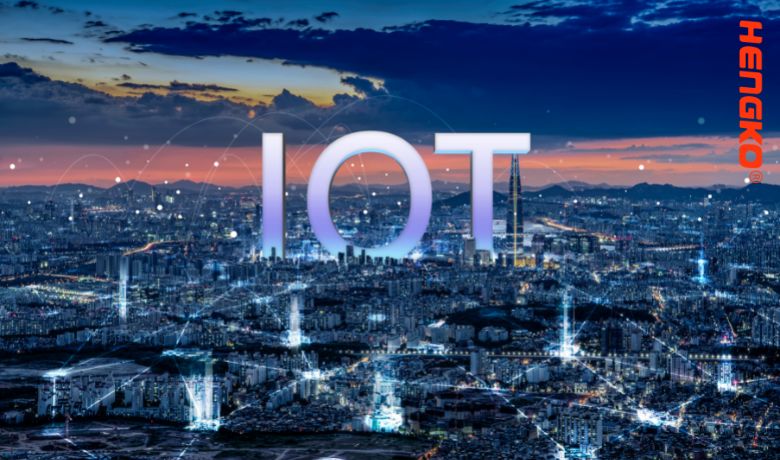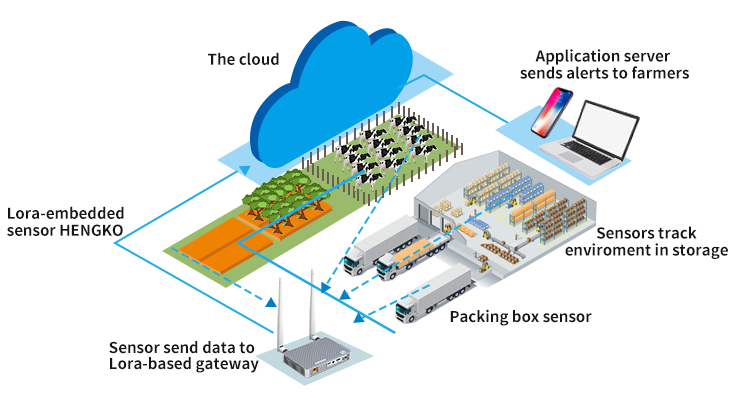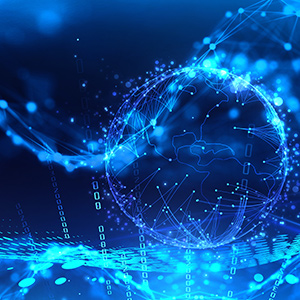Do you know the Technical Terms of IOT?

The Internet of Things (IoT) describes a smart device network using the internet to enhance human life. And hardly anyone knows the Smart agriculture, Smart industry and the smart city is the extension of IOT technology. IoT is the use of various interconnected technologies. These technologies let users know something quickly or automate manual processes. The efficiency gains from IoT are making it ubiquitous in domestic, industrial and corporate settings.
Smart Farming is an emerging concept that refers to managing farms using modern Information and Communication Technologies to increase the quantity and quality of products while optimizing the human labor required.
Among the technologies available for present-day farmers are:
Sensors: soil, water, light, humidity, temperature management
Software: specialized software solutions that target specific farm types or Applications agnostic IoT platforms
Connectivity: cellular, LoRa, etc.
Location: GPS, Satellite, etc.
Robotics: Autonomous tractors, processing facilities, etc.
Data analytics: standalone analytics solutions, data pipelines for downstream solutions, etc.
HENGKO smart farming solution can collect and analyze field data in real time and deploy command mechanisms to improve operational efficiency, increase revenue, and reduce loss. IoT-based features such as adjustable speed, precision agriculture, smart irrigation, and smart greenhouse help promote the agricultural process. HENGKO smart agricultural solutions help solve specific problems in agriculture, build IoT-based smart farms, and contribute to the production efficiency and quality of yields.

Smart industry refers to the application of information technology, network technology and science technology to industry. Its biggest bright spot is to use computer technology analysis, reasoning, judgment, conception and decision, realize knowledge intensive production and industrial automation production. We can see that various robots are applied to industrial production to solve the problems of inefficiency, error-proneness, and high operating costs caused by manual labor.
A smart city is an urban area that uses different types of electronic methods and sensors to collect data. Insights gained from that data are used to manage assets, resources and services efficiently; in return, that data is used to improve the operations across the city. This includes data collected from citizens, devices, buildings and assets that is then processed and analyzed to monitor and manage traffic and transportation systems, power plants, utilities, water supply networks, waste, crime detection, information systems, schools, libraries, hospitals, and other community service.
Smart medicine is a theory. Integrate 5G, cloud computing, big data, AR/VR, artificial intelligence and other technologies with the medical industry for research and deep learning, realize the interaction between patients and medical staff, medical institutions, and medical equipment, and gradually achieve information.
Some FAQ about IOT Technical
Q: What is IoT ?
A: IoT stands for Internet of Things. It refers to the connection of physical objects to the internet, enabling them to collect and exchange data. This allows for greater automation and efficiency in areas such as manufacturing, transportation, and healthcare.
Q: What are some examples of IoT devices ?
A: Examples of IoT devices include smart thermostats, fitness trackers, security cameras, and industrial sensors. These devices collect data and communicate with other devices or systems to improve functionality and performance.
Q: How does IoT impact cybersecurity ?
A: IoT devices can pose significant cybersecurity risks if not properly secured. Many IoT devices lack basic security features, making them vulnerable to hacking and other cyber attacks. Additionally, the sheer number of IoT devices in use means that a single vulnerability could potentially affect millions of devices.
Q: How can IoT data be used ?
A: IoT data can be used to improve operational efficiency, inform decision-making, and create new products and services. For example, an industrial sensor might collect data on machine performance, which can be used to predict maintenance needs and improve production processes.
Q: What are some challenges associated with deploying IoT devices ?
A: One of the biggest challenges associated with IoT deployment is ensuring interoperability between devices and systems. Different devices may use different communication protocols, making it difficult to establish seamless connections. Additionally, the sheer number of devices can make it difficult to manage and secure them all effectively.
Q: What are some emerging trends in IoT ?
A: Emerging trends in IoT include the use of artificial intelligence and machine learning to improve device functionality and optimize data analysis. Additionally, the development of 5G networks is expected to enable greater connectivity and faster data transfer speeds, which will further enhance the capabilities of IoT devices.
Q: How does IoT improve efficiency in manufacturing ?
A: IoT devices can improve manufacturing efficiency by providing real-time data on various aspects of the production process, such as machine performance, energy consumption, and product quality. This data can be analyzed to identify inefficiencies and optimize processes. For example, sensors on a production line might detect a machine malfunction, allowing for predictive maintenance and minimizing downtime.
Q: What are some privacy concerns associated with IoT ?
A: Privacy concerns associated with IoT include the collection and storage of personal data, as well as the potential for unauthorized access to that data. For example, a smart home device might collect data on a user's daily routine, which could be used to develop a detailed profile of their habits and preferences. If this data falls into the wrong hands, it could be used for nefarious purposes such as identity theft.
Q: How can IoT be used in healthcare ?
A: IoT devices can be used in healthcare to monitor patient health and improve medical outcomes. For example, wearable devices can track vital signs and provide real-time feedback to both patients and healthcare providers. Additionally, IoT-enabled medical devices can be used to remotely monitor patients and alert healthcare providers to potential issues before they become serious.
Q: What is edge computing in the context of IoT ?
A: Edge computing refers to the processing of data at the edge of a network, rather than sending all data to a centralized server for processing. This can improve response times and reduce network congestion, particularly in applications where real-time processing is required. In the context of IoT, edge computing can enable devices to process data locally, reducing the need for constant communication with a centralized server.
Q: What is the role of Big Data in IoT ?
A: Big data plays a crucial role in IoT by enabling the storage, processing, and analysis of large volumes of data generated by IoT devices. This data can be used to identify patterns and trends, inform decision-making, and optimize performance. As the number of IoT devices continues to grow, the importance of big data in managing and making sense of that data will only increase.

